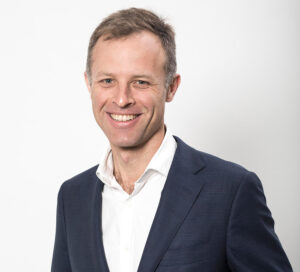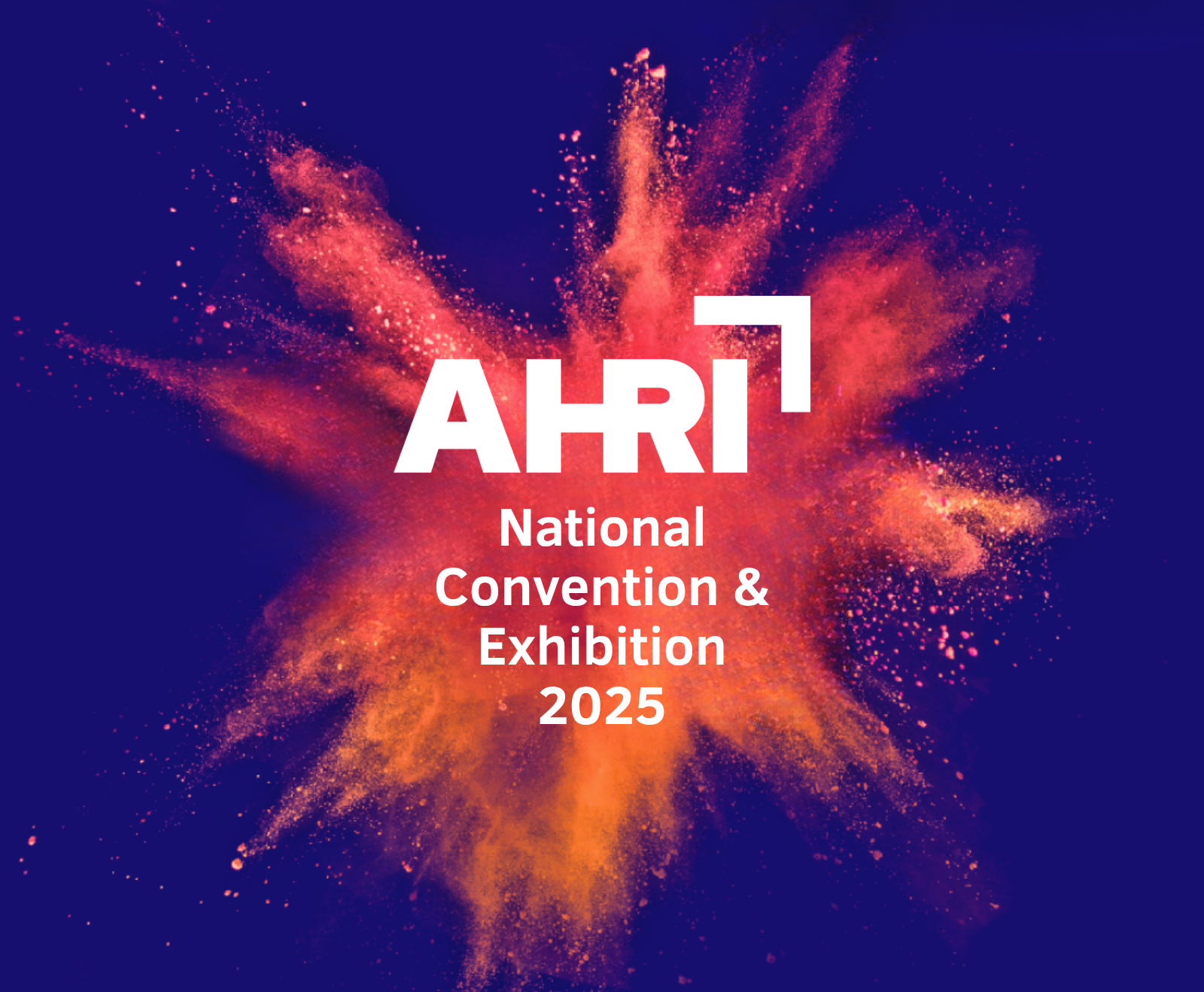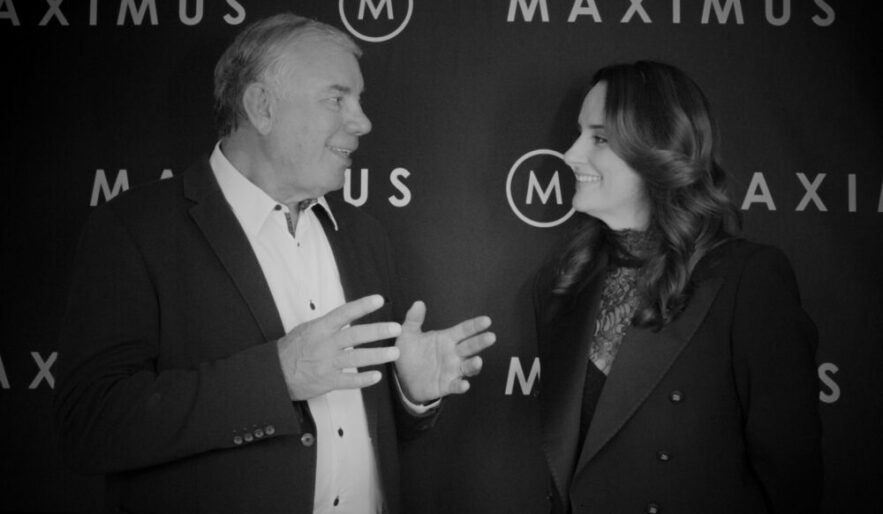Attending this year’s AFR Workforce Summit was a reminder that while the headlines might change, the big questions shaping work and leadership are still the same. But they are getting deeper, more complex – and more urgent.
From a Maximus perspective, we’re witnessing a pivotal shift in the role leadership plays in driving long-term value creation. The era of linear roles and static responsibilities is behind us. Today’s complex environment demands leaders who are agile value makers – those who lead with bold purpose, think commercially, act with conviction, and deliver meaningful impact. This is the future of leadership: a movement of innovators who grow people, adapt with agility, and create lasting value for both business and society by leading through complexity.
Here are five reflections that stuck with me:
The Big Conversations Haven’t Shifted, But They’ve Become Deeper
AI, IR, productivity, and flexibility were front and centre again this year. But something’s changed. The way we’re talking about these issues is more layered now. There’s a growing understanding that they’re all interconnected.
Uniting strategy and leadership unlocks deeper interconnectivity across the organisation. When employees can relate the company’s strategy to their specific roles and expertise, it creates clarity, purpose, and alignment. This connection acts as a multiplier force – amplifying performance and driving productivity at scale.
DEI is more present in the conversation too. It’s not about ticking boxes, it’s about how these themes intersect and what that means for leadership across business, technology, and people.
AI Isn’t Just a Tech Issue; it’s a Performance Issue
There’s been a realisation that AI isn’t just the domain of CIOs or data teams. Tools like digital agents are mimicking human behaviours in ways that touch every part of a business. That means AI is now firmly a people and performance issue. If we want AI to be trustworthy, transparent, and an enabler of performance, we’ve got to own it collectively. And we’ve got to get clearer on the difference between working on AI (a skillset) and working with AI (a mindset).
Hybrid ≠ Flexibility
We’re continuing to evolve what “work from home” really means. One thing is clear: hybrid and flexibility aren’t the same thing. Hybrid is where we work. Flexibility is how we work. And for younger generations, flexibility isn’t a nice-to-have, it’s the baseline. Leaders need to move past the binary arguments and get more deliberate about how work is designed. The word – intentional – came up again and again.
Intentionality Is the Difference-Maker
We’ve found that real transformation happens when intention becomes action. Those organisations making the biggest leaps forward are those that treat intentionality not just as a value, but as a strategic priority for driving change.
From BHP’s gender balance strategy to Qantas’ focus on people and customers, the message was clear: real progress doesn’t happen by accident. It takes deliberate choices, about culture, policy, talent, and leadership. Even asking the naive questions that come from more diverse perspectives can shift the conversation in the boardroom. But that only happens when inclusion is intentional.
Productivity Needs a Radical Rethink
We can’t keep trying to solve the productivity problem with old tools. For knowledge work especially, it’s not about more hours or headcount – it’s about better yield per person. And that only happens if we embed the right technologies (like AI) and invest in training, not just compliance. We also need to rethink how we design our workspaces, if we want people to come in – the office has to earn the commute.
With five generations now working side by side – from Boomers to Gen Z – there is a cross-generational unlock needed. Productivity strategies must adapt to the diverse ways people learn, work, and engage. The concept of reciprocity, paired with meaningful mentorship, is essential in fostering growth across this intergenerational workforce. While tools and thoughtfully designed spaces can act as enablers, it’s the recognition of these generational dynamics that unlocks both individual and organisational potential.
Final Thought: It’s Time for the Private Sector to Step Up to Shape our Future
One of the strongest takeaways for me was that job growth in Australia is being driven by the public and not-for-profit sectors. If we want to shift that, we need policy settings that re-energise private enterprise, especially around IR, tax, and talent mobility. But more than that, the private sector has a chance to lead the next wave of innovation, inclusion, and growth.
With the private sector contributing nearly one-third of Australia’s GDP, business leaders are uniquely positioned to shape a future that delivers a real-world impact for the next generation. This moment calls for a new kind of leadership – one that sees value creation not just as a financial outcome, but as a legacy built through culture, innovation, and people transformation, by leading through complexity.
And like most things that matter, it starts with being intentional.








